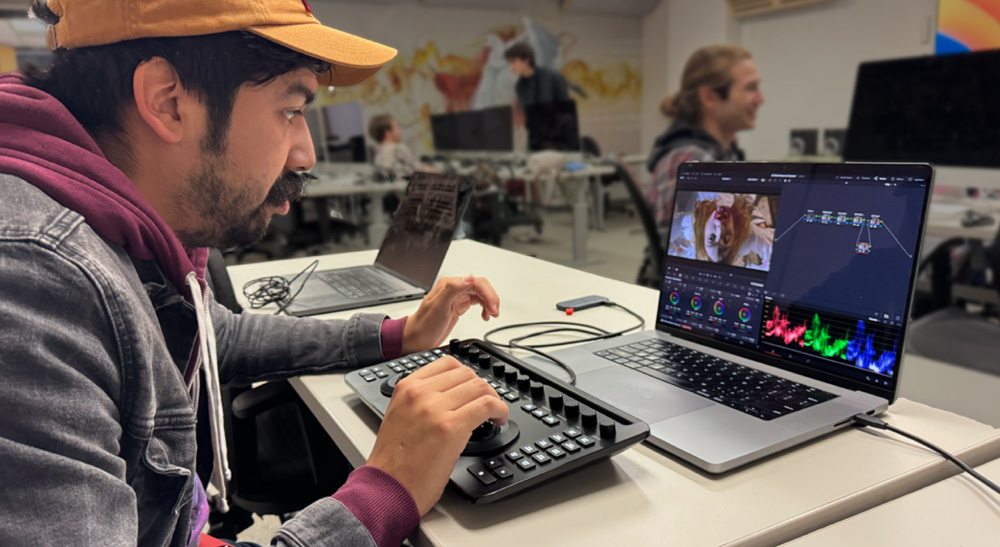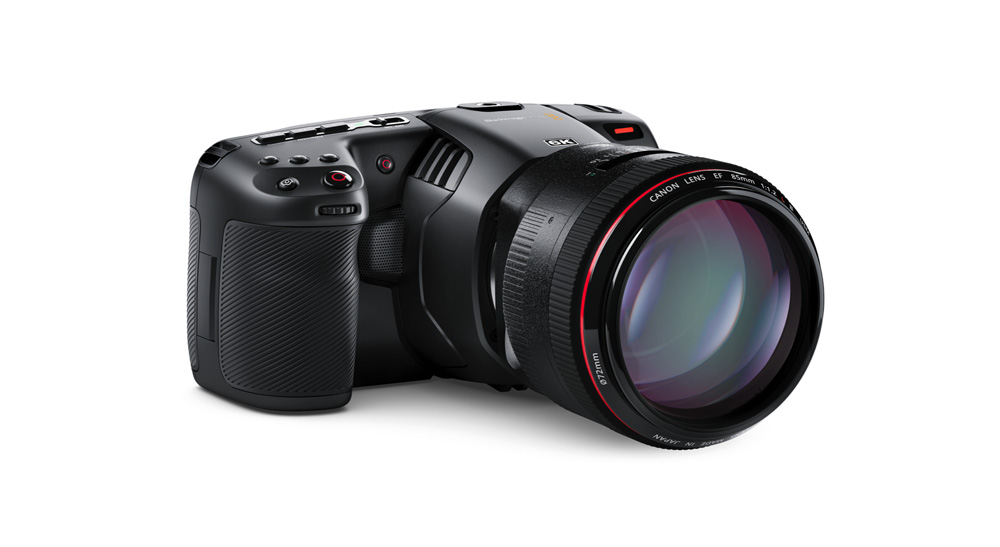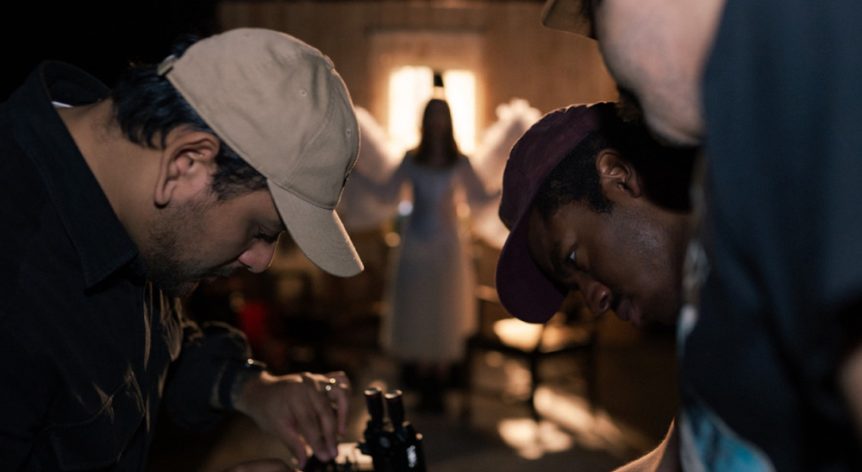More than 40 Blackmagic Design cameras are used across student filmmaking and graduate courses.
Fremont, CA, USA - Blackmagic Design today announced that San Francisco State University (SFSU) is using an array of Blackmagic Design digital film cameras and DaVinci Resolve Studio editing, color grading, visual effects (VFX) and audio post production software and hardware for its School of Cinema classes, workshops, labs and more. With more than 40 Blackmagic Design cameras, SFSU tailors its curriculum with gear allocations specific to the students’ levels of learning, from introductory film courses to senior theses, graduate courses and real world productions.
According to SFSU Lecturer Christopher Wooten, the School of Cinema has been using Blackmagic Design cameras since 2015. “The transition from film to digital required tools that could create a filmic look, and right out of the box, Blackmagic cameras could do that. Of course, there are a lot of options on the market, and filmmakers will have their own opinions about cameras, but students would be hard pressed to find a more versatile solution. Ease of use balanced with quality of image and competitive pricing makes Blackmagic uniquely positioned as a great option for both new filmmakers and institutions,” he commented.
Wooten is a generalist in film and animation and as such, covers many courses, from the introduction to film lecture and lab to production design to cinematography and thesis film development and more.

“SFSU has a long history of making experimental, documentary and narrative films. That’s a broad spectrum of perspectives and skills at the front and in post production. So, I need to flex into and out of disciplines, and I need tools that can adapt with me while giving me quality and stability to fly regardless of where my students’ creativity lands. Enter Blackmagic Design cameras with their ease of use and professional features,” he said.
SFSU uses approximately 30 Blackmagic Pocket Cinema Camera 4K, six Blackmagic Pocket Cinema Camera 6K, and five Blackmagic URSA Mini Pro 4.6K G2 digital film cameras, as well as several DaVinci Resolve Mini Panels in conjunction with DaVinci Resolve Studio for color grading and DCP creation in the university’s finishing suites.
“Our classes have gear allocations specific to the level of learning,” noted Wooten. “As students move up through the program and learn how to use the gear, they have access to higher end gear. The Pocket 4Ks are designated for the intro courses on up.
The Pocket 6Ks are largely used in documentary courses but has been creeping into cinematography and thesis courses. The URSA Mini Pros have been dedicated to the senior level and graduate courses with narrative and documentary productions. Resolve has long been present throughout all cinematography courses, and I have implemented its use in my editing courses as well.”

For post production courses, Wooten appreciates DaVinci Resolve Studio’s diverse toolset and noted that editing, color grading and VFX all have a place in his lectures and labs.
“Of course, the color tools in Resolve are standout, and once students get it, they love it and go deep. I am just learning a bit of the Fusion page myself and encourage students to do the same via the online training program. Version 19’s new Fairlight tools have been blowing some minds as students see how powerful the voice isolation and remixing tools are. I lost a whole class day to this, in a good way,” he explained.
“Innovation has been an added benefit with every iteration of Resolve and with every hardware and firmware update to Blackmagic cameras. The consistency across devices, clarity of the Blackmagic OS menus, and the seamless bridge into post production have all been helpful in getting students with no experience started, and valuable to higher end students and faculty,” Wooten added.
He concluded: “The state of the industry has opened eyes to alternative perspectives regarding the tools we use. As those industry standards are shifting, I am excited to lean into supporting our emerging storytellers with tools that expand their visual vocabulary with less distraction and more competency. As a teacher, I am excited about a shift I see in students toward creating with visually compelling, expressive perspectives.”

